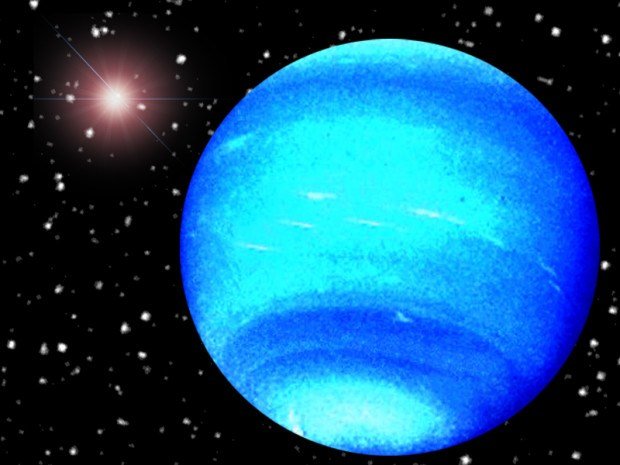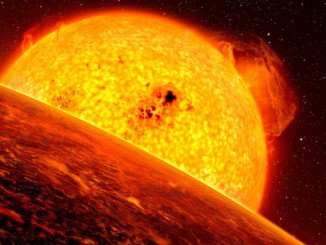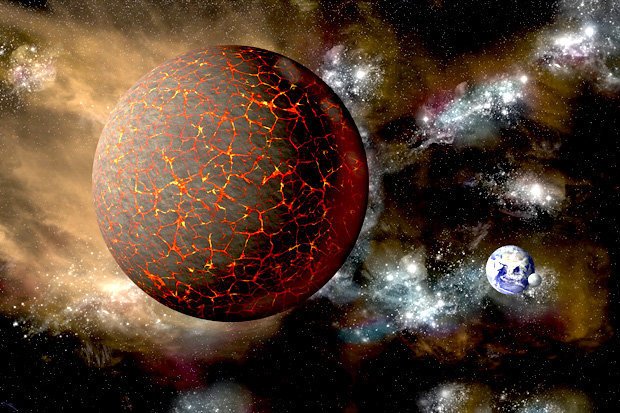Extra ordinary planets of universe
- PSR B1620-26 b (Methuselah)
PSR B1620-26 b is an extrasolar planet located approximately 12,400 light-years
away from Earth. It is also the first planet found in a globular cluster.
The planet is one of the oldest known extrasolar planets, believed to be about 12.7 billion
years old. it is nearly three times as old as Earth. It has been undergoing many stages
through its lifetime.

The origin of this pulsar planet is still uncertain, but it probably did not form where it is
found today. Because of the decreased gravitational force when the core of star collapses
to a neutron star and ejects most of its mass in a supernova explosion.
It is unlikely that a planet could remain in orbit after such an event. It is more likely that
the planet formed in orbit around the star that has now evolved into the white dwarf,
and that the star and planet were only later captured into orbit around the neutron star.
This planet also known as Methuselah.
- COROT-7b
COROT-7b is an exoplanet orbiting around the star Corot-7.It was first detected
photometrically by the French-led COROT mission and reported in February 2009. it
was the smallest exoplanet to have its diameter measured, at 1.58 times that of the Earth
Although COROT-7b's mass remains uncertain, with a range between 2 and 8 Earth
masses, its radius and orbital period are well known from COROT photometry: it orbits
very close to its star (1/23rd the distance from the Sun to Mercury) with an orbital
period of 20 hours, 29 minutes, and 9.7 seconds.

Due to the high temperatures on the illuminated side of the planet, and the likelihood that all
surface volatiles have been depleted, silicate rock vaporization may have produced a tenuous
atmosphere its atmosphere made of rocky vapours with a very low pressure. From the data
available, scientists can only infer that COROT-7b does not resemble any of the rocky planets
of the Solar System.
- TrES-2b
TrES-2 is an extrasolar planet orbiting the star GSC 03549-02811 located
750 light years away from the Solar System. The planet has been identified in 2011
as the darkest known exoplanet, reflecting less than 1% of any light that hits it.
NASA launched Kepler in March 2009. The spacecraft is dedicated to the discovery of
extrasolar planets by the transit method from solar orbit. In April 2009 the project
released the first light images from the spacecraft, and TrES-2b was one of two objects
highlighted in these images. Although TrES-2b is not the only known exoplanet in the
field of view of this spacecraft it is the only one identified in the first light images.

The first important result from the Kepler Mission about TrES-2b is an extremely low
geometric albedo measured in 2011, making it the darkest known exoplanet. If the
entire day–night contrast were due to geometric albedo, it would be 2.53%, but
modeling suggests that much of this is dayside emission and the true albedo is much
lower. It is estimated to be less than 1% and for best-fit model it is about 0.04%. This
makes TrES-2b the darkest known exoplanet, reflecting less light than coal or black
acrylic paint.
Thanks for read...